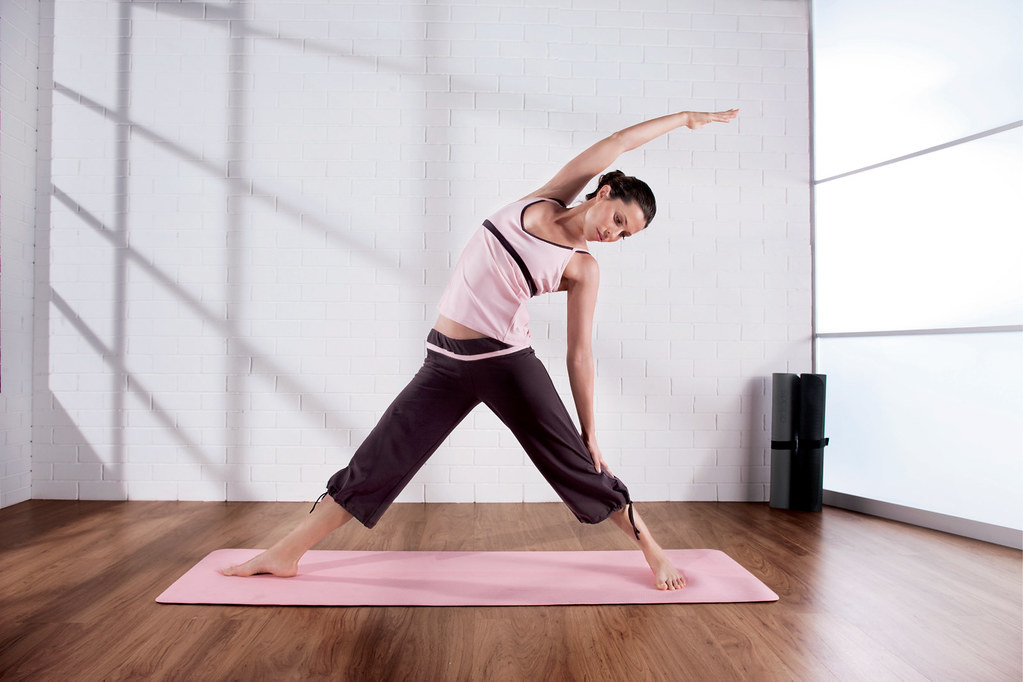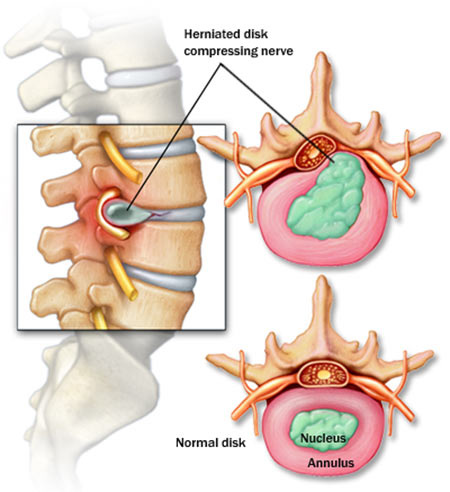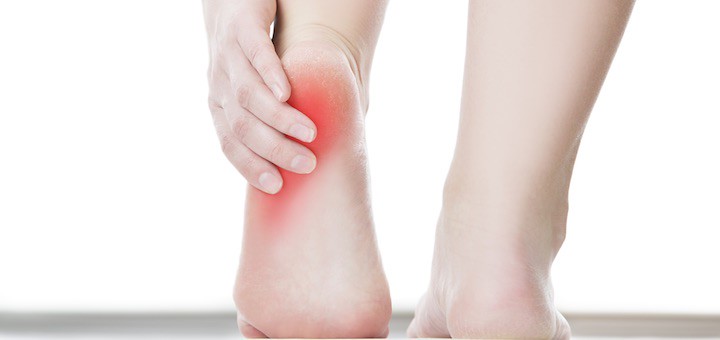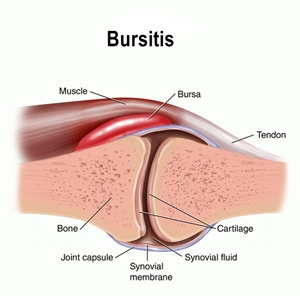High- and Low-Impact Activities
Posted on September 20, 2018 by admin
We can avoid and manage musculoskeletal injuries by being physically active. For instance, we can participate in high- and low-impact activities.
High-impact activities are more intense and use more energy. They can strengthen our heart and lungs, help burn more calories, improve bone density, and improve our stability, balance, and coordination. However, there is a greater chance of getting the ankle, knee, hip, or back injured if an individual is not prepared. Therefore, it is important to warm up first before beginning any high-impact exercises. Examples of high-impact exercises include jumping rope, plyometric exercises, running, and jogging.

Low-impact exercises are less intense and less jarring on our body and joints. Beginners, people who have arthritis or osteoporosis, older adults, and people with bone, joint, or connective tissue injuries should do low-impact exercises. For example, working out on an elliptical machine, walking, cycling, swimming, and dancing.
Chronic Inflammation
Posted on September 10, 2018 by admin
When we have a sore throat, a sun burn or sinusitis the process of acute inflammation occurs. White blood cells come in and then anti-inflammatory compounds will take over to start the healing process. Sometimes the activation of inflammatory molecules does not stop and this is known as chronic inflammation. It can be caused by environmental factors and it means that there is an issue with removing whatever caused the acute inflammation. Asthma and arthritis are examples of conditions that can result from chronic inflammation. Moreover, pain and chronic inflammation can occur if biomechanical issues, trauma or injury are left untreated.

There are a few ways to reduce chronic inflammation, such as staying away from foods that are high in saturated fats, trans fats and foods with a high glycemic index. Fruits and vegetables, nuts, beans and whole grains act as a natural anti-inflammatory and should be included in our diet. People who exercise regularly can heal faster from injuries and are less likely to have chronic inflammation. In addition, inflammation may be decreased with sufficient amount of sleep and by drinking water. Lastly, smoking should be avoided since it increases the level of inflammatory markers.
Soft Tissue Therapy
Posted on August 31, 2018 by admin
Poor posture, traumatic injury, strain, or sprain can cause our muscles, ligaments, and tendons to have abnormal tension. This can cause pain, tenderness, and/or movement dysfunctions. Soft tissue therapies are a type of therapy where soft tissues, such as muscles, ligaments, and tendons are pressed and kneaded with the hand or a mechanical device. This can be performed by chiropractors, occupational therapists, physical therapists, or massage therapists. Soft tissue therapy can help relieve pain and inflammation, reduce stiffness and movement dysfunction, reduce spasm, and increase the range of motion of the injured area. Moreover, it can improve circulation by increasing the local blood flow. It can also assist with tissue healing, fix abnormal postures, and help avoid further injury. Overall, soft tissue therapy can help with your pain and musculoskeletal health.

Nutrition Labels
Posted on August 22, 2018 by admin
Food and nutrition labels provide consumers with a lot of useful information. To start off, ingredient lists are sorted by weight. The first item shown on the ingredient list weighs the heaviest in the product and continues in descending order. This is helpful for consumers who are looking for a specific ingredient that they want more or less of. When we read a nutrition facts table, the information on it are based on serving sizes. Serving sizes allow us to compare nutritional values between similar products, know how much of a specific nutrient we are consuming, and give us a better idea of how much food we are eating.

Every nutrition label shows the serving size, the amount of calories, and 13 nutrients (fat, saturated and trans fat, cholesterol, sodium, carbohydrates, fiber, sugars, protein, vitamin A, vitamin C, calcium, and iron). The percentage of your daily value or “%DV” is based on the suggested serving size. It is considered a large amount if it is more than 15% and it is a very small amount if it is less than 5%. Lastly, calories equal the amount of energy in food and fats, protein, and carbohydrates provide us the energy to complete our daily activities. Overall, it is important to look at the serving sizes before we look at calories or a certain nutrient.
Ankle Sprain
Posted on August 15, 2018 by admin
An ankle sprain occurs when the ligaments that help hold the ankle bones together are forced beyond their normal range of motion. The ligaments on the outer side of the ankle are usually stretched, teared partially, or teared completely. Rolling, twisting, or turning your ankle in an awkward way can lead to an ankle sprain. It can be caused from walking or exercising on an uneven surface or from falling. Someone who has injured their ankle before or wears improper shoes increases their chance of a sprained ankle. It is also a very common sports injury, especially in soccer, tennis, and basketball because these sports involve jumping, cutting action, or twisting of the foot.
Depending on how severe the sprain is, the signs and symptoms include tenderness when the ankle is palpated, pain when weight is applied on the affected foot, swelling, bruising, limited range of motion, ankle instability, or popping sound heard at the time of injury.
Rest, Ice, Compression, and Elevation (R.I.C.E.) can be done to treat the sprained ankle for the first 2-3 days. Depending on the severity, sports tape or an ankle support brace can be used for stabilizing the ankle. In order to avoid an ankle sprain, one should warm up before exercising or playing sports, work on muscle strength and flexibility, and perform balancing exercises.
Stretching and Flexibility
Posted on August 7, 2018 by admin
As we get older our muscles become stiffer and we would start to notice our flexibility declining. The muscles will decrease in length if we don’t stretch our muscles. Shortened muscles could increase our risk for falling and one might find it difficult to perform activities that require flexibility, such as going up the stairs. In addition, using a shortened muscle for activity could also lead to muscle damage, strains, and joint pain.

Stretching can help us become more flexible and it is the key to preventing injury and disability. It can increase our range of motion and reduce joint and back pain. Moreover, it can decrease the risk of falling by improving our balance and can also improve our posture. Lastly, it can reduce the risk for muscle and joint injury.
It is important to warm up before we stretch the muscles. We can warm up by doing 2 to 5 minutes of dynamic stretching, such as lifting our knees and rolling our shoulders. This type of stretch involves moving a joint repeatedly through its available range of motion and does not involve holding a position. Static stretches can then be held for 10 to 30 seconds in order to regain flexibility and should be performed after a workout.
Herniated disk
Posted on July 27, 2018 by admin
The spine consists of spinal disks and vertebrae and similar to a jelly donut, the disk has a softer “jelly” center. When the “jelly” pushes out through a tear in the tougher exterior, it is known as a herniated disk. Disk degeneration can cause disk herniation in the lower back or in the neck. The water content in the disks decrease as we get older and the flexibility of it decreases. Therefore, a minor strain, twist, and improper lifting can easily lead to a tear or rupture in the disk.

The signs and symptoms that someone will experience includes pain, numbness, tingling, or muscle weakness due to the irritation on the nerves. Pain can be felt in the thigh and calf when the herniated disk is in the lower back. Pain can be felt in the shoulder and arm when the herniated disk is in the neck.
Excess body weight and duties performed on the job that put extra stress on your lower back can increase the risk of disk herniation. A few things that you can do to prevent a herniated disk includes lifting heavy objects properly, strengthening trunk muscles, and maintaining a healthy weight.
Heel Spurs
Posted on July 18, 2018 by admin
Heel spurs are also known as calcaneal spurs or osteophytes. Someone with this condition would find a calcium deposit forming a bony protrusion along the plantar fascia. Running and jumping, especially on hard surfaces can wear down the heel and lead to heel spurs. If the membrane that covers the heel bone is torn or if the heel is bruised, it can cause heel spurs. Older adults, obesity, plantar fasciitis, and improper footwear can increase the chance of developing heel spurs.

Heel spurs can lead to a sharp pain in the heel when he or she stands up, a dull ache in the heel, and heat radiating from the affected area. Tenderness, swelling, and inflammation can occur at the heel and a bone-like protrusion beneath the heel may also be seen. One can reduce pain and swelling by resting and applying ice to the affected area. Orthotics can also be worn to remove some of the pressure off the heel.
Myositis Ossificans
Posted on July 11, 2018 by admin
Myositis ossificans is when bone tissue forms within a muscle. It is usually found in the thigh muscles where the hamstring and quadricep muscles are found. Myositis ossificans can develop when a contusion (bruise), repetitive trauma, or strain occurs to a muscle. Calcification and bony formation can occur in the injured muscle when a repetitive trauma occurs before the injured area has been completely recovered. Therefore, it is important to rest the muscle after an injury. To prevent a repetitive trauma from happening, one can use protective padding and perform stretches to avoid muscle strain. Intensive stretching and massage should be avoided because it inhibits healing and increases bleeding into the muscle. Myositis ossificans can also occur if the inflammation and swelling of the muscle is ignored after an injury.
Moreover, myositis ossificans can lead to swelling, pain when exercising, limited range of motion, a weaker limb, and a hard bump. However, it can be treated by resting the muscle, strengthening the injured muscle and the muscles around it, and working on flexibility and light stretching. In addition, ultrasound can also help with the healing process.
Bursitis
Posted on July 4, 2018 by admin
Bursae are small, fluid-filled sacs that act as a cushion for the bones, tendons, and muscles around the joints. When they become inflamed, it is known as bursitis. Bursitis can occur in the shoulder, hip, elbow, and knee. Repetitive movements or positions that can apply pressure on the bursae, such as lifting something over your head repeatedly or kneeling on your knees for a long time can lead to bursitis. Inflammatory arthritis, an injury or a trauma can also cause bursitis. Someone who has bursitis will notice their joint becoming red and swollen. In addition, the joint will feel achy or stiff and they will feel pain when they try moving the joint or when they apply pressure to it.

Older adults, overweight individuals, and individuals with rheumatoid arthritis have a higher risk of developing bursitis. However, one can reduce their risk by warming up and stretching before exercising, strengthening their muscles, lifting properly, carrying lighter loads, and taking breaks after performing repetitive movements. Rest, ice, and exercises can help relieve the pain. A corticosteroid drug can be injected into the bursa to reduce pain and inflammation. The pain will disappear within a few weeks if it is treated properly.